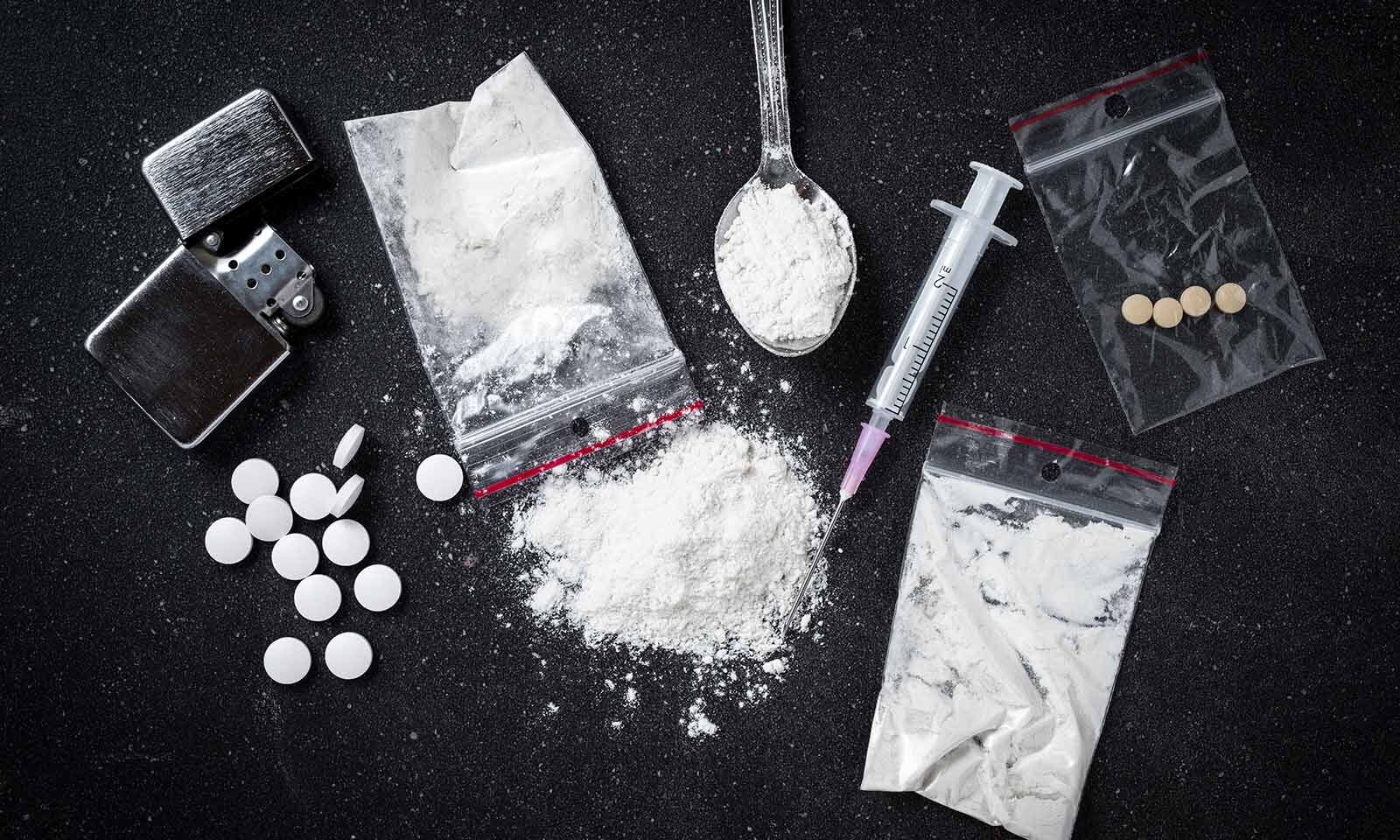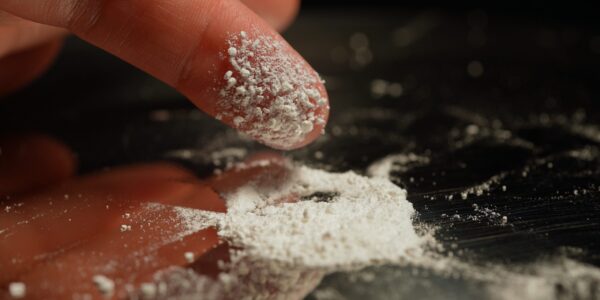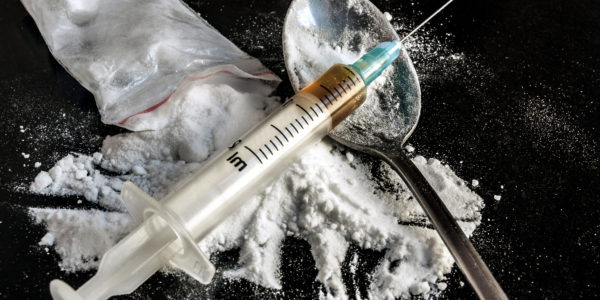LISTEN TO THIS ARTICLE:
What is harm reduction?
Harm reduction involves any effort to make an unsafe situation at least a little less unsafe. The idea has gained traction in recent years as a potential solution to decrease death and other adverse outcomes related to substance use, particularly amid the opioid crisis.
Many people are skeptical, though, asking, “How could you actively support drug use?” One common misconception about harm reduction is that it encourages people to continue using substances. However, harm reduction is not associated with increasing substance use. Instead, it follows a set of philosophical principles rooted in social justice that aim to respect the rights of people who use substances.
Drug use will happen no matter what restrictions are in place. “Just Say No” didn’t work. Evidence for this has spanned decades. In the Prohibition Era when alcohol consumption was illegal, people still drank. This created non-sterile, unregulated manufacturing conditions and unsafe consumption conditions. The same holds true today, 100 years later. There are plenty of illegal substances in the United States that are unsafely made and pose an increased risk when consumed.
Harm reduction principles
The National Harm Reduction Coalition principles understand that drug use is a fact of life. There are tons of people out there who will continue to use drugs no matter what. The coalition’s goal is to focus on decreasing damage. Their definition of success isn’t stopping drug use but rather improving peoples’ lives even while they use drugs. They recognize that substance use is not black-and-white. Each person’s situation and set of personal challenges is unique and complex.
Harm reduction does not judge people who use drugs. Instead, it gives power to those very people to improve their situation even while they use drugs. That power comes from information, resources, and actually involving those people in creating and continuing these programs.
Prohibition doesn’t work
Drug use will happen no matter what restrictions are in place. “Just Say No” didn’t work. Evidence for this has spanned decades. In the Prohibition Era when alcohol consumption was illegal, people still drank. This created non-sterile, unregulated manufacturing conditions and unsafe consumption conditions. The same holds true today, 100 years later. There are plenty of illegal substances in the United States that are unsafely made and pose an increased risk when consumed. Harm reduction acknowledges that people will use drugs and offers ways to make it at least somewhat safer.
Benefits of harm reduction
While some of the language around harm reduction may feel unfamiliar, the concept is not entirely new. Most of us practice harm reduction strategies in day-to-day life. We use oven mitts to remove a hot pan from the oven, wear seat belts while riding in a vehicle, and don bright orange while hunting in the woods. Keeping these familiar acts of harm reduction in mind, it may help us understand why harm reduction for drug use is so important.
Harm reduction is associated with many positive outcomes. People engage in treatment more and benefit from increased access to supportive services. There’s reduced transmission of blood-borne illnesses such as hepatitis C and HIV, and reduced drug overdoses and overdose deaths.
Guide to different types of drug use
Snorting
Having your own supplies and avoiding sharing with others can decrease your risk of infection or other illness. Opt for clean items such as an unused straw. Try to avoid things like rolled up bills or keys as these likely harbor bacteria. Prior to and after using, rinse your nose with sterile water to decrease nasal irritation, and consider applying vitamin E oil to the inside of your nose which may aid in healing. You may also want to consider doing a small test amount to assess how strong the substance is or if it differs from the last time you used it.
Smoking
Similar to snorting, it’s best to make sure that everyone has their own supplies, such as individual-specific glass pipes, stems, and rubber mouthpieces. Avoid sharing to reduce bacterial and viral transmission and risk of infection. It might help to mark your supplies to make it distinguishable from others, such as placing a small paint dot somewhere.
The second step is to make sure that your hands or fingers as well as the supplies are cleaned which can be done with alcohol swabs or soap that is rinsed thoroughly with water. When positioning a filter or copper screen, use a wooden push stick, such as a chop stick or long matchstick, as this will not chip the glass. If the glass is chipped, the pipe could crack and break. Lastly, when applying heat, be sure to use the flame quickly and spread out the heat. If you heat up glass too much, you can damage the glass. You also should let the device cool before using it again.
Injecting
This method of drug use has the most to gain from harm reduction. As with other methods, it is very important that individuals have their own injection supplies. Sharing needles is incredibly dangerous and leads to bacterial transmission and transmissions of other illnesses like hepatitis C and HIV. While reusing your own supplies is not encouraged, it is better to reuse your own than to use some else’s. You can clean them by flushing with cold water, then bleach, then cold water again if they must be reused.
After placing your substance into your cooker, use sterile water to mix and a small piece of cotton, such as a cotton pellet, to serve as the filter. Filter the liquid up through and into the syringe. To find adequate vein access, your veins will be much more visible if you’re in a warm place (or maybe you can do jumping jacks or push-ups). Additionally, use of an easy-release tourniquet above the injection site will also allow veins to easily rise to the surface.
Insert the needle in with the bevel (the slanted part of the end of the needle) up away from the skin. Pull back slightly to check for dark red blood. If you don’t see this, or you see bright red blood, do not inject as you are not in a vein. Once you are sure you have vein access, release the tourniquet before injecting. You may want to consider following these steps for a test shot first prior to injection. Once you’re done, dispose of your used syringes in a sharps container.
Drinking
Have a plan in place about how much you intend on drinking and share that plan with a trusted friend. Track the amount that you’re drinking and measure your pours (or ask someone else to) to avoid overpours. Additionally, eating food before drinking can slow how quickly alcohol is absorbed and effects your brain. Drinking water in between alcoholic beverages can help you stay hydrated. Lastly, have a plan in place to make sure that you are physically safe, such as making arrangements for getting home. Make sure to drink around people who make you feel safe and leave any children or other dependents in the care of trusted adults. You can also reduce the risk of other high-risk behaviors, such as carrying condoms to prevent unprotected sex.
Testing for contaminants
No matter how you are using substances, being in a comfortable, safe environment will reduce the need to rush and keep you feeling safe. Stay with at least one other person that you trust is beneficial so they can help you if needed. Make sure to test for unanticipated substances, such as fentanyl, to decrease the risk of opioid overdose even if you are not intending on using opioids.
To test your substances, you’ll need a small amount about the size of half a grain of rice mixed in about half of a shot glass of water (or a full shot glass if you’re using stimulants). Place the fentanyl test strip in the water for about 10-15 seconds, and wait about 60 seconds for the results. Always have intra-nasal naloxone nearby particularly if you are intending on using opioids, but even if you are not intending on using opioids because of the risk of laced products.
Different drugs, different dangers
There are specific tips when it comes to the type of substance being used, rather than the route. If you’re using opioids, it is best to avoid use of other depressants such as benzodiazepines or alcohol. Combining these products can increase the risk of overdose. Additionally, if you have not used for a long period of time, do not return to the same amount that you used to use as your tolerance is likely much lower. Instead, start with a low amount and go slow until your body readjusts.
If you are using stimulants, they can sometimes make you feel like you don’t need to eat, hydrate, or sleep. These can all increase the risks of a bad outcome, such as “overamping,” which is sort of like the equivalent of an opioid overdose but can mean a lot of different things. Therefore, it is best to try to eat, drink water, and sleep even if you’re using. It might be helpful to take multivitamins, or keep snacks and small water bottles on hand. Sometimes people feel really dehydrated as well and can developed dry mouth or chapped lips. Having things like gum and Chapstick on hand may lessen the discomfort there. Lastly, stimulants can increase sex drive, so have condoms on hand to prevent condomless sex.
If not safe, then at least safer
Harm reduction improves the safety and quality of life of those who use substances even when sobriety is not an immediate goal. It is a point of connection that keeps individuals engaged with experts and healthcare professionals. These people can also act as liaisons if and when an individual is interested in further treatment.
The National Harm Reduction Coalition provides guidance on where to find sterile syringes, how to obtain intranasal naloxone in the mail, and has a “naloxone finder” so that you can locate the nearest resources in your community. Harm reduction tips change depending on how and which substances are being used. Consult your local harm reduction facility or a trusted healthcare professional on best practices.


 Learn
Learn Read Stories
Read Stories Get News
Get News Find Help
Find Help

 Share
Share
 Share
Share
 Share
Share
 Share
Share



